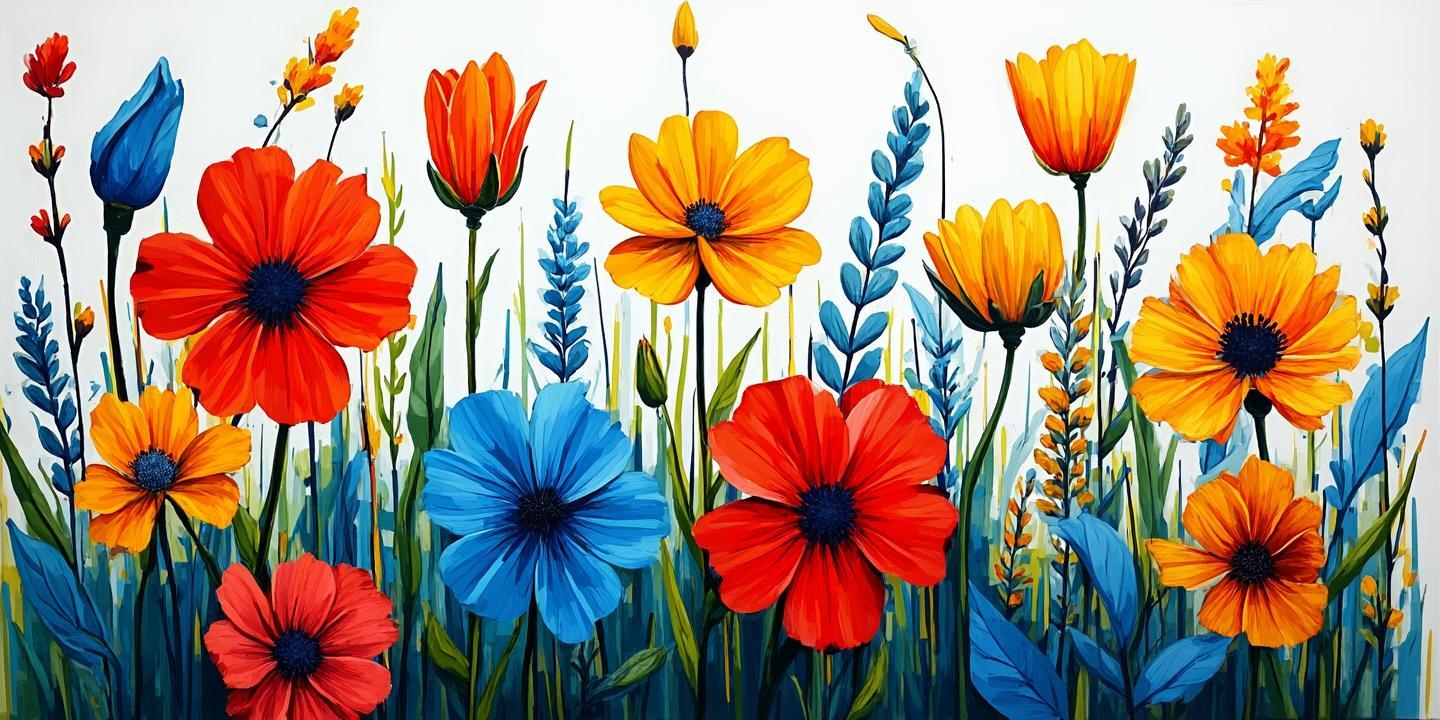发布时间2025-04-24 20:49

Imagine a world beneath our feet, a world teeming with life, secrets, and untold stories. This is the world of soil—a green dreamscape where nature’s magic unfolds in silence. Soil is not just dirt; it’s a living, breathing ecosystem that sustains life on Earth. In this article, we’ll embark on a journey into the enchanting realm of soil, exploring its wonders through the lens of English, and discovering how this humble element connects us to the very essence of life.
Soil is often overlooked, yet it is one of the most complex and vital components of our planet. It’s a microcosm of life, home to billions of microorganisms, fungi, insects, and plant roots. These tiny inhabitants work together in a delicate balance, creating a symphony of life that supports everything from towering trees to the food on our plates.
Did you know that a single teaspoon of healthy soil contains more microorganisms than there are people on Earth? These microscopic creatures play a crucial role in breaking down organic matter, recycling nutrients, and maintaining soil fertility. Without them, life as we know it would cease to exist.
To truly appreciate the fairy tale of soil, we need to learn its language. English offers a rich vocabulary to describe this intricate world. Words like humus, compost, mycorrhizae, and biodiversity are not just terms—they are keys to unlocking the secrets of soil.
For example, humus refers to the dark, organic material in soil that results from the decomposition of plant and animal matter. It’s the lifeblood of fertile soil, providing nutrients and improving soil structure. Similarly, mycorrhizae are symbiotic relationships between fungi and plant roots, enabling plants to absorb more water and nutrients.
By learning and using these terms, we can better understand and communicate the importance of soil conservation.
Soil is at the heart of sustainability. Healthy soil is essential for growing food, filtering water, and combating climate change. It acts as a carbon sink, storing more carbon than the atmosphere and all plant life combined. However, soil degradation—caused by deforestation, overgrazing, and industrial agriculture—threatens this vital resource.
To protect our green dream, we must adopt sustainable practices like crop rotation, organic farming, and reforestation. These methods not only preserve soil health but also enhance biodiversity and resilience to climate change.
Education is a powerful tool for soil conservation. By teaching children and adults about the magic of soil, we can inspire a new generation of environmental stewards. Schools, community gardens, and online platforms can all play a role in spreading the green message.
For instance, hands-on activities like soil testing, composting, and planting trees can make learning about soil fun and engaging. Meanwhile, English-language resources—books, documentaries, and websites—can reach a global audience, fostering a deeper appreciation for this precious resource.
The fairy tale of soil is not just a story—it’s a call to action. Each of us has a role to play in protecting and nurturing the soil. Whether it’s reducing food waste, supporting sustainable agriculture, or simply spreading awareness, every effort counts.
Remember, soil is not just the foundation of our food system; it’s the foundation of life itself. By embracing the green dream of soil, we can create a healthier, more sustainable future for ourselves and generations to come.
The enchanting world of soil has also inspired countless works of literature and art. From the poetic descriptions of fertile fields in John Steinbeck’s novels to the ecological themes in Rachel Carson’s writings, soil has been a recurring symbol of life, growth, and resilience.
In many cultures, soil is revered as sacred. Indigenous communities around the world have long understood the spiritual connection between humans and the earth. Their traditional knowledge and practices offer valuable insights into sustainable soil management.
As we face the challenges of climate change, population growth, and food insecurity, the importance of soil has never been greater. Scientists, farmers, and policymakers are working together to develop innovative solutions, from precision agriculture to soil carbon sequestration.
The green revolution of soil is not just about technology; it’s about changing our mindset. It’s about recognizing soil as a living, breathing entity that deserves our care and respect.
Stepping into the green dream of soil is like entering a fairy tale—a world of wonder, beauty, and endless possibilities. It’s a reminder that even the smallest, most overlooked elements of nature hold the key to our survival.
So, the next time you walk on the ground, take a moment to appreciate the soil beneath your feet. Feel its texture, smell its earthiness, and marvel at the life it sustains. By doing so, you’re not just connecting with nature; you’re becoming part of the fairy tale of soil—a story that’s as old as the Earth itself.
猜你喜欢:第三十的英文
更多少儿英语